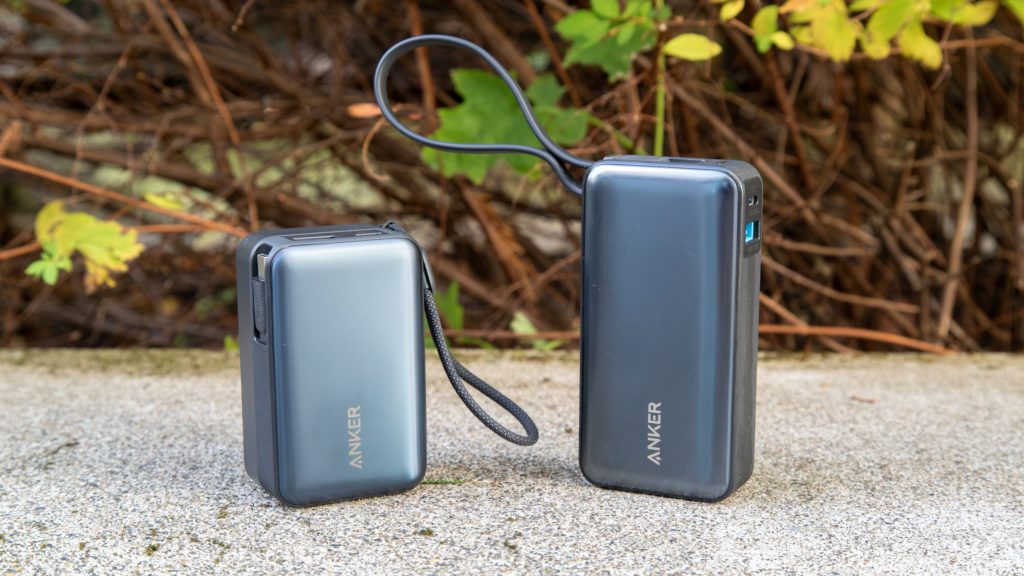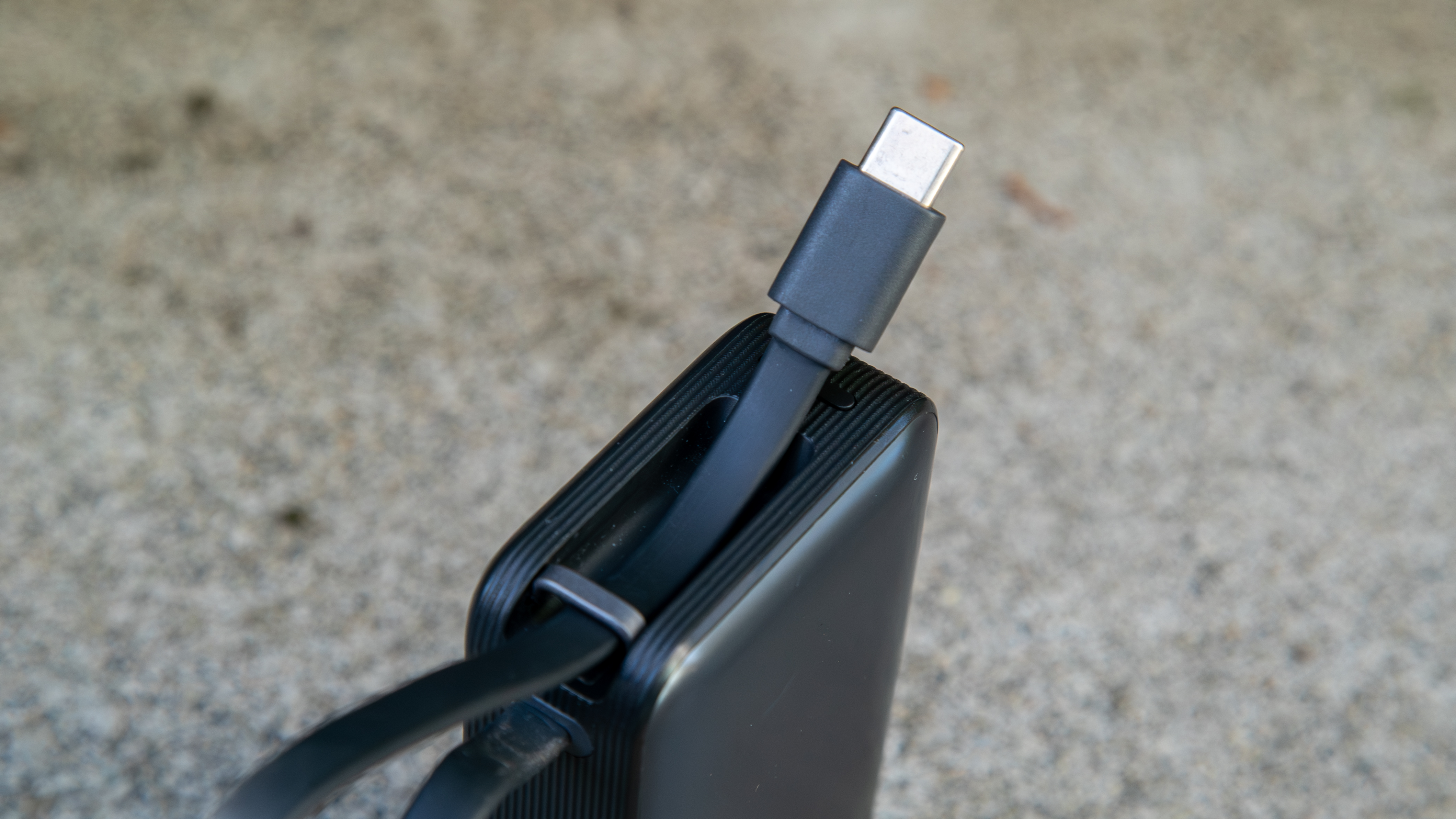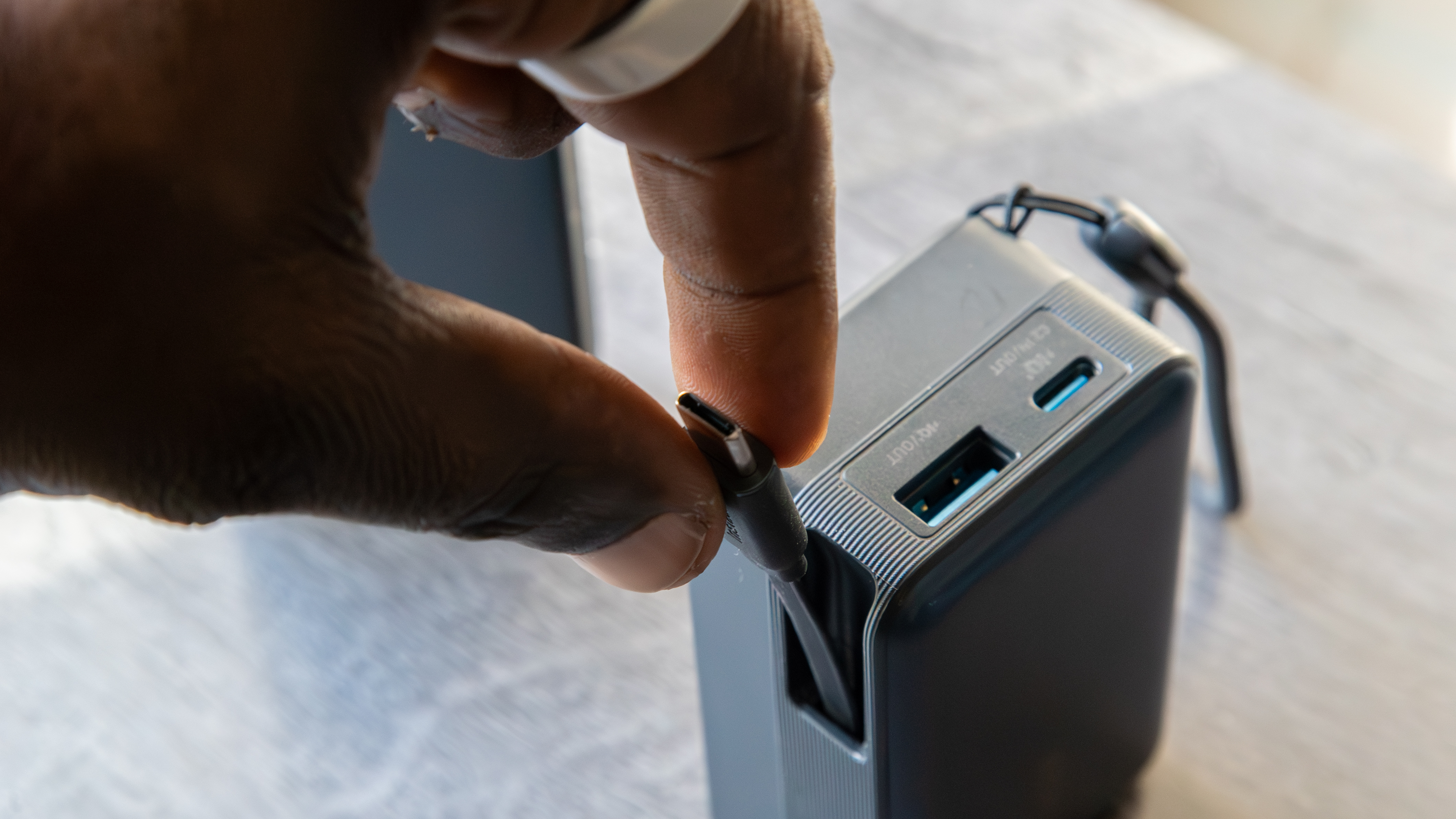Smartphone batteries are steadily getting bigger and better, but I still prefer to carry a portable charger with me. It’s not because I need one, but it’s always good to have one, just in case. For nearly two years, I’ve relied on an Anker Nano Power Bank (A1259), which has been very reliable. Now, there’s a newer version, and I finally got my hands on it.
There are several notable differences between the two chargers, ranging from design to cable, charging speed, capabilities, and more. Overall, it’s a fantastic charger that I would recommend to anyone, especially if you can find a great deal on it. Here’s what I like and what could be improved (which, frankly, isn’t much).
|
Specs |
Anker Nano Power Bank (A1638) |
|---|---|
|
Capacity |
10,000mAh |
|
Charging speed (One port) |
45W (USB-C) 22.5W (USB-A) |
|
Charging speed (two ports) |
15W (USB-C cable) 7.5W (USB-C port) |
|
Charging speed (three ports) |
7.5W per port |
|
Charging speed (input) |
30W |
|
Cable length |
2.3ft (~70.1cm) |
|
Dimensions |
3.21 × 1.99 × 1.42 in. |
|
Weight |
.51 lb |
|
Colors |
Sprout Green, Aurora White, Phantom Black |
A new look hides its most intriguing feature
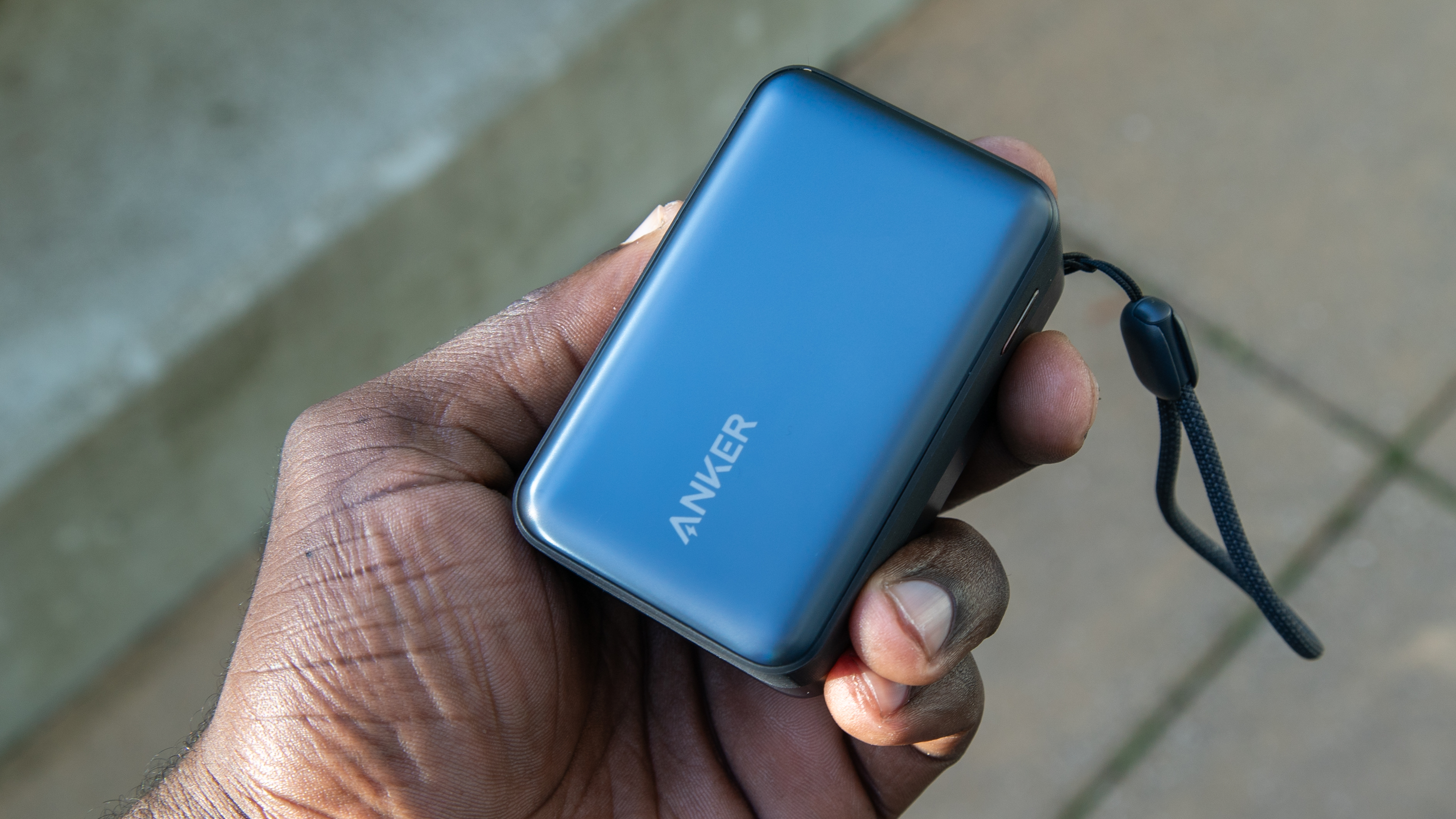
One of the main reasons I loved the older Anker Nano Power Bank (A1259) so much was its design, which I consider pretty iconic. It’s not too bulky, and it has a built-in USB-C cable that acts as a loop, making it easy to carry around. It’s a pretty strong cable, and in my years of owning the charger, the cable has never faltered.
The new Anker Nano Power Bank (A1638) switches things up quite a bit, and I’m not fully convinced that I like it. It’s still relatively small, but it features a bulkier design than before. It’s not quite something you can slide into a pocket like the previous model, and it feels a bit like a small brick or a large rock in my hand, weighing roughly 231.3g, whereas the older model weighs just 215g.
And while I may not care too much about the new design, there’s actually a good reason for it: the new, retractable USB-C cable no longer functions as a loop and is instead hidden inside the charger. This way, not only do you get a built-in cable, but it’s also much longer than the previous model when fully extended, at 2.3 feet, making it much more useful.
Anker says that it weighs about the same as an iPhone 17 Pro Maxwhich is the heaviest model of the lineup. It’s not terrible, but it’s a bit of a surprise coming from the smaller and lighter A1259.
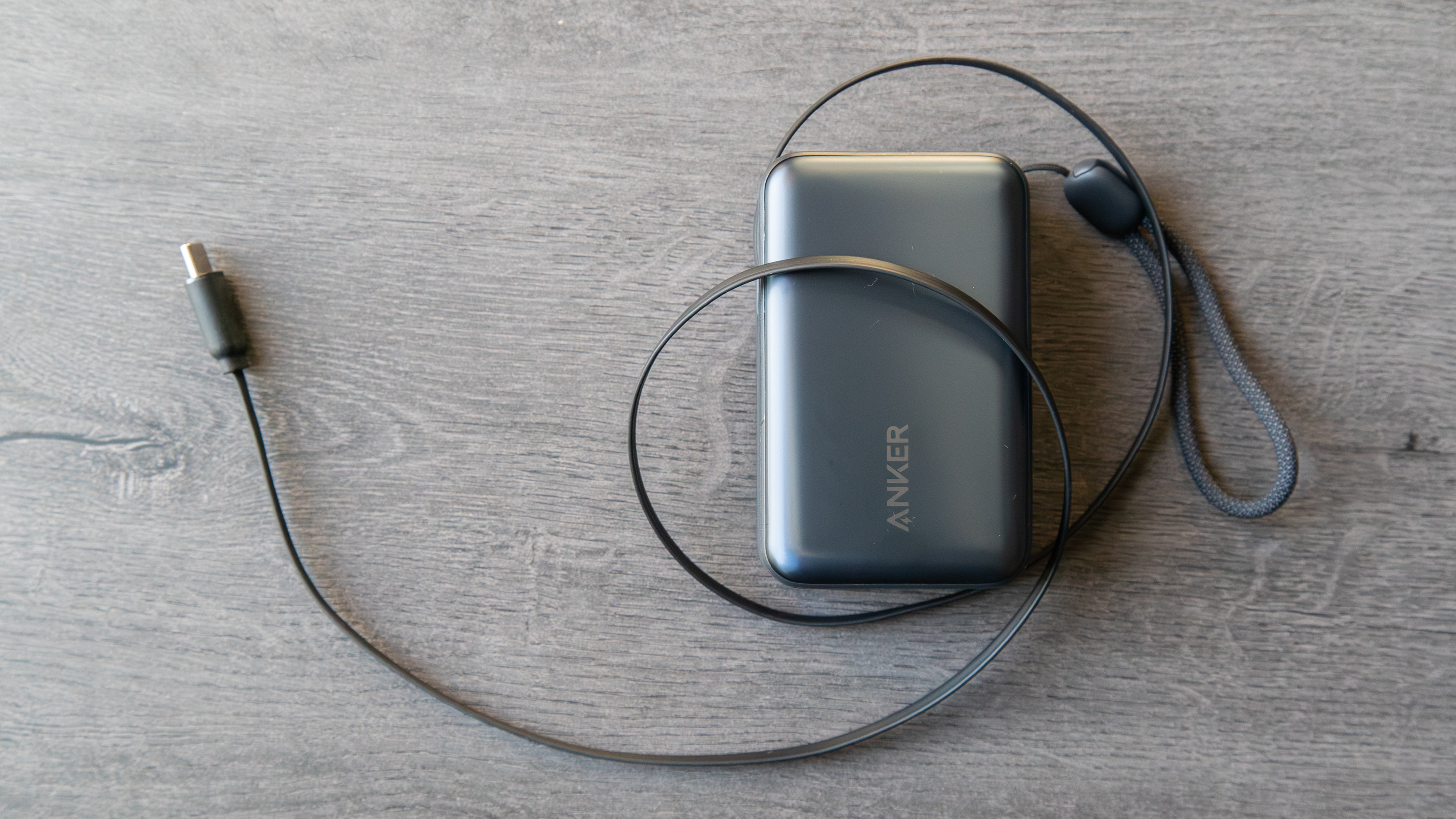
It’s a neat design that is starting to appear in more power banks, but the downside is that it makes it bulkier. Frankly, it’s a fair trade-off, and Anker claims it’s still 16% smaller than other models with retractable cables.
Additionally, the newer Anker Nano Power Bank (A1638) still has a loop, although it’s a more traditional one attached to one corner of the device.
Faster charging, same large battery
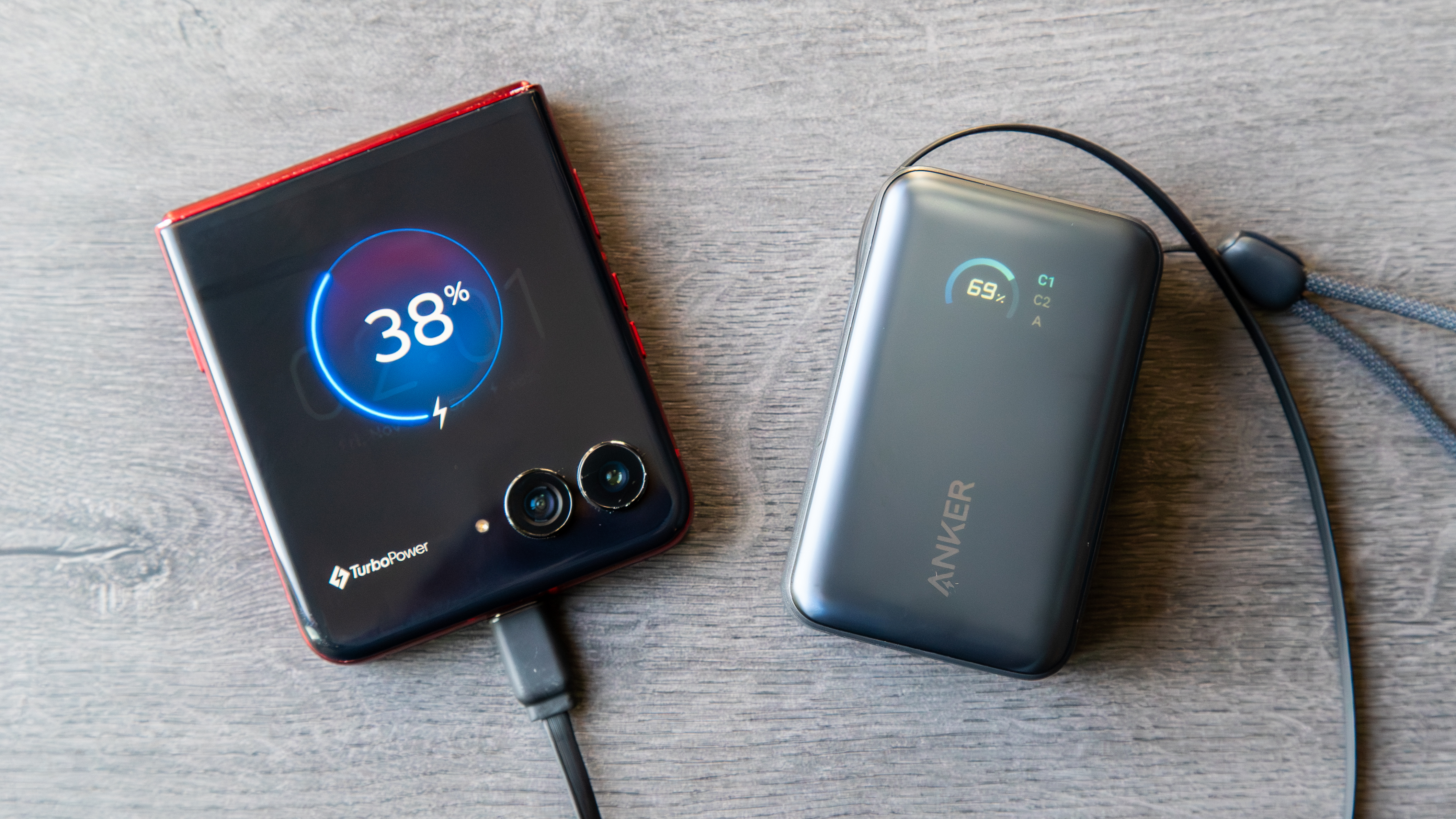
While both chargers feature 10,000mAh batteries, the A1638 model supports speeds of up to 45W. This is great, because phones like the Galaxy S25 Ultra top out at 45W wired charging. While there are plenty of flagship Android phones with even faster charging speeds, the speed bump should still prove useful for these phones.
As an example, I’ve been using it to charge the Motorola Razr Ultra 2025, which supports a 68W charging speed. With a 100W+ wall charger, the Razr’s 4,700mAh battery tops up in just 40 minutes. Here’s how quickly the phone charges from 0% to 100% using both the older and newer Anker Nano portable chargers:
|
Anker Power Bank |
A1638 |
A1259 |
|---|---|---|
|
0-50% |
22 minutes |
30 minutes |
|
0-100% |
49 minutes |
1h 5m |
|
Remaining |
49% |
42% |
As you can see, the newer model charges the Razr battery in less than an hour, while I have to wait over an hour with the older model. It’s not a huge difference, but any charging speed improvements are welcome, especially when dealing with larger batteries.
Both models also differed in the amount of capacity they had left after providing the Razr with a full charge, with a difference of 7%. Of course, this could also be due to the age of the older charger, resulting in a reduced capacity. Therefore, don’t expect two full charges on phones with larger batteries, but you will still get a decent second charge.
Of course, you can charge multiple devices at once, which is also convenient, but the charging speed is significantly reduced, especially when charging three devices simultaneously. Therefore, I would only utilize this option as a last resort.
And if you don’t have a particularly fast wall charger with you, you can use the A1638 as a sort of intermediary, charging it with whatever wall adapter you have while charging your smartphone with the power bank for faster speeds.

When it comes to charging both power banks themselves, that will take significantly longer, given their capacities and the fact that they top out at 30W input. The A1638 takes a bit longer to reach a full charge, taking just under two hours to go from 0% to 100%, while the older A1259 model takes only an hour and a half.
However, this could once again be a result of reduced capacity thanks to two years of usage, but it is a significant difference. That said, I feel it hardly matters when these are used as backups; therefore, I can leave them to charge overnight and not have to worry about charging them again until they’re depleted.
Check your charge

The older model came with a handy display that showed how much time you had left to charge. The newer model has this too, but the display is actually much more useful. It displays the port you’re using and the amount of charge it’s providing (or receiving) in real-time, allowing you to observe how it fluctuates as you charge a device for an extended period.
You can also cycle through different screens to view the battery health of the power bank, the number of charging cycles it has undergone, and its battery temperature/charging performance. Anker says its ActiveShield safety system conducts 6 million daily temperature checks “to prevent overheating and extend battery life.”
Given how long I’ve owned the A1259 model, I believe that additional display information would be helpful in assessing its performance over the years.
Both are great
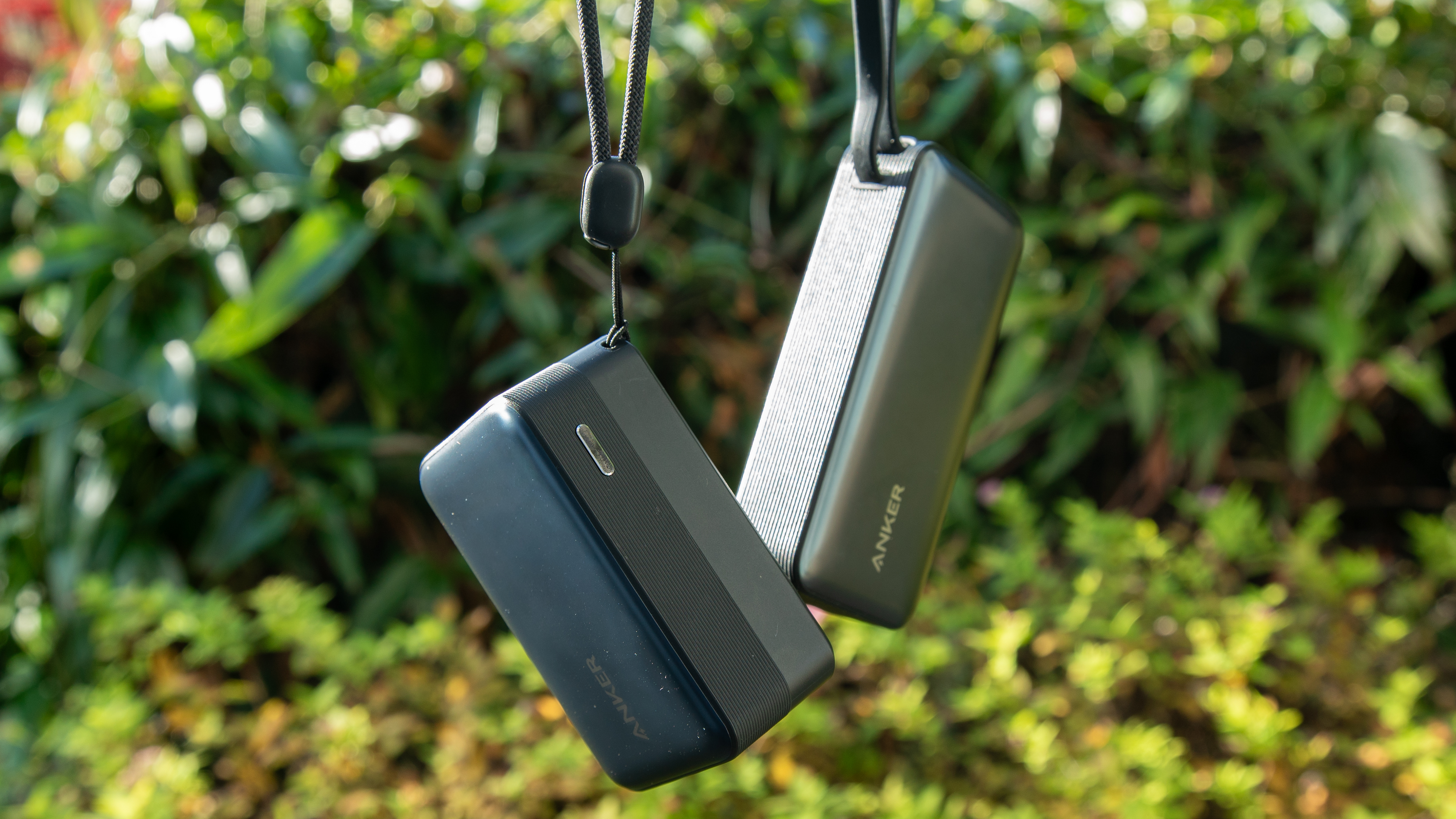
If you’re looking for a portable charger and your phone doesn’t support MagSafe or Qi2 magnetic charging, then you can’t go wrong with the Anker Nano Power Bank (A1638). Naturally, I would recommend the newer option, primarily due to its faster charging speeds, longer built-in USB-C cable, and more useful display. If your phone supports faster charging speeds, this is one of the better options to take advantage of those speeds.
That said, the older Anker Nano Power Bank (A1259) remains a great choice, as it offers the same battery capacity, a built-in USB-C cable, and a display to monitor your charging progress. And given that some flagship phones like the base Galaxy S25 support 25W to 30W wired charging or less, this will be a good option.
Fortunately, both chargers are regularly on sale, and you can already grab the newer model for 33% offwhile the older model is $10 cheaper right now. You can also wait for Black Friday to see if their prices will dip further, but if you’re going to buy something during holiday sales, either of these chargers should be on your list.
FAQ
What are the main differences between the Anker Nano A1259 and A1638 power banks?
The A1259 power bank has a slimmer design, while the A1638 is shorter and bulkier. The newer model comes with faster 45W charging compared to 30W charging on the older model. The A1638 also comes with a longer, retractable USB-C cable, while the A1259 has a fixed cable that doubles as a loop.
What are the charging speeds of the Anker Nano Power Bank (A1638)?
The USB-C cable and port both support up to 45W of outputwhile the USB-A port supports up to 22.5W. Output drops when charging multiple devices simultaneously, bringing the USB-C cable down to 15W and the USB-C port to 7.5W. When all three ports are used, each port will output only 7.5W.
How durable is the retractable USB-C cable in the Anker Nano Power Bank (A1638)?
The retractable USB-C cable in the Anker Nano Power Bank (A1638) is capable of extending up to a length of 2.3 feet. Anker says that ihe cable can withstand 20,000 bends and 20,000 pullsmeaning you should go quite a long time before experiencing any problems.
How long does it take to charge the Anker Nano Power Bank (A1638)?
The Anker Nano Power Bank (A1638) supports up to 30W of input. Given the large capacity battery, this means it will take just under two hours to fully charge the power bank.


